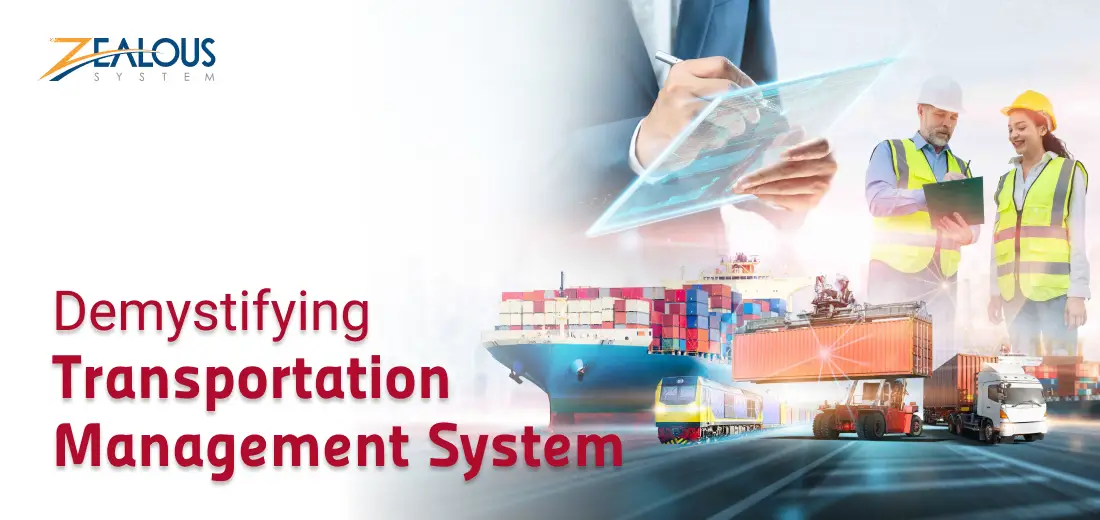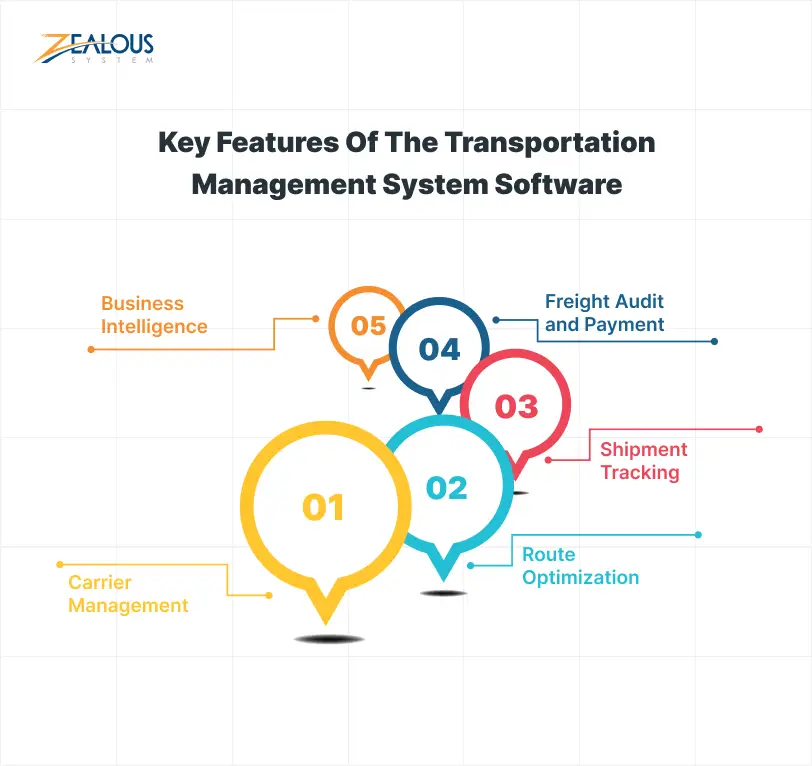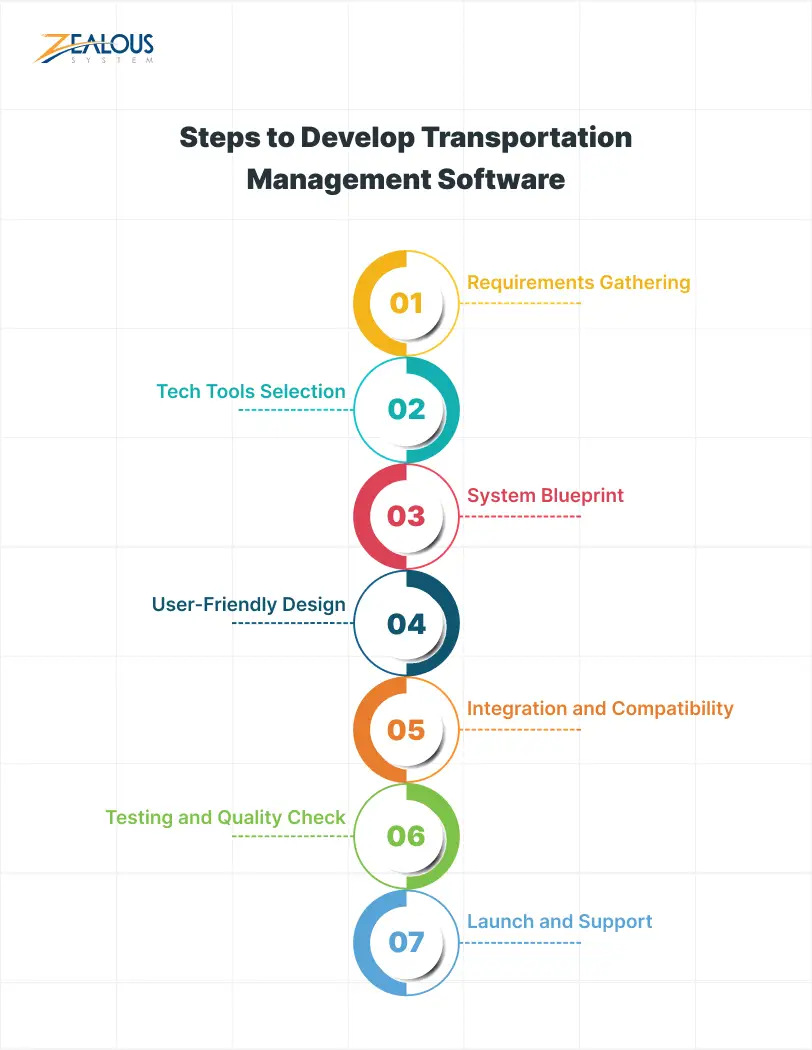
- Company
- Services
- UI/UX Design Services
- Microsoft Dynamics 365
- Mobile App Development
- AI Software Development
- Web App Development
- Generative AI Development
- Digital Product Development
- Enterprise Mobility
- SaaS Application Development
- Application Integration
- White-label WP Maintenance
- ERP Software Solutions
- Software Testing
- Offshore Development Center
- Let’s Connect
- Trending
- Technology
- Industry
- Build Your Team
- Our Work
- Company
- Services
- UI/UX Design Services
- Microsoft Dynamics 365
- Mobile App Development
- AI Software Development
- Web App Development
- Generative AI Development
- Digital Product Development
- Enterprise Mobility
- SaaS Application Development
- Application Integration
- White-label WP Maintenance
- ERP Software Solutions
- Software Testing
- Offshore Development Center
- Let’s Connect
- Trending
- Technology
- Industry
- Build Your Team
- Our Work
We use cookies and similar technologies that are necessary to operate the website. Additional cookies are used to perform analysis of website usage. please read our Privacy Policy
Transportation Management Systems: Benefits, Features, Development Process

Behind every smooth delivery of a product to your door, there’s a Transportation Management System (TMS) at work.
In today’s fast-paced world, the logistics landscape is a complex and ever-evolving ecosystem. For businesses navigating this terrain, efficient transportation management is no longer just a nice-to-have, it’s a survival imperative. Enter the Transportation Management System (TMS) – a robust software solution that acts as your trusty compass, streamlining operations, optimizing routes, and steering you towards cost savings and customer satisfaction.
A crucial responsibility of a Transportation Management System (TMS) involves optimizing the routes for transporting goods. It considers factors such as distance, traffic conditions, and delivery schedules to determine the most efficient path. This not only accelerates the delivery process but also results in fuel savings, contributing positively to environmental sustainability.
The global transportation management system market was worth $5,467 million in 2019 and is expected to hit $11,367 million by 2027. That’s a growth rate of 9.6% from 2020 to 2027. In 2019, solutions were the big players in the market because they help make the whole supply chain work better, bringing in more money and growth.
With more people using smartphones and e-commerce booming, we need a good transport management system to serve as many customers as possible.
In this blog, our experts will guide you through what a Transportation Management System is and how to create one. Let’s dive in!
What Is A Transportation Management System?
A Transportation Management System (TMS) is a software that helps businesses organize and improve how they handle shipping and logistics in their supply chain. It focuses on making transportation planning, execution, and management more efficient and controlled, from when an order is made to when it’s delivered. The main aim is to make the entire transportation process work better by increasing efficiency, visibility, and overall control.
Here are the many benefits that a transport management system brings to businesses:
Benefits Of Transportation Management Systems
The adoption of Transportation Management Systems (TMS) provides businesses with a strategic edge, offering benefits such as:
Cost Savings
Streamlining transportation operations using software applications leads to significant cost savings for businesses. These systems employ advanced algorithms to optimize routes, choose cost-effective carriers, and negotiate favorable rates. This strategic approach directly contributes to enhanced financial efficiency and improved profitability.
Improved Efficiency
Automation is a key driver of efficiency in transportation tasks. Software applications automate processes such as route planning, shipment tracking, and carrier selection, reducing errors and delays. This allows employees to redirect their efforts towards more strategic activities, fostering an environment of heightened operational efficiency and productivity.
Increased Visibility
Real-time visibility into transportation operations is a game-changer for businesses. This transparency enables continuous monitoring and tracking of shipments throughout the supply chain. Early identification of potential issues allows for proactive solutions, ensuring a resilient supply chain and supporting informed decision-making for optimal performance.
Better Customer Service
Providing accurate and up-to-date information about shipments is a crucial aspect of improving customer service. Software applications offer features like real-time tracking and automated notifications, keeping customers informed about the status and location of their goods. This transparency reduces customer frustration, builds trust, and ultimately leads to improved customer relationships and loyalty.
Reduced Environmental Impact
Contributing to sustainable practices, transportation management systems optimize routes to minimize fuel consumption and emissions. The ability to select fuel-efficient carriers aligns with eco-friendly initiatives. Integrating environmental considerations into transportation decisions allows businesses to demonstrate corporate responsibility, positively impacting the planet and enhancing their brand image.
Choosing to implement a Transportation Management System is a smart move that can offer many advantages to organizations aiming to improve their transportation methods and stay competitive in the changing world of supply chain management.
Key Features Of The Transportation Management System Software
Transportation Management System (TMS) software works as the backbone of efficient and streamlined logistics operations, offering businesses a comprehensive solution to navigate the complexities of transportation. These key features of TMS play pivotal roles in optimizing processes, enhancing visibility, and ultimately contributing to cost-effective and reliable supply chain management.
Carrier Management:
Transportation Management System (TMS) software plays a crucial role in streamlining and enhancing carrier management for businesses. It enables organizations to negotiate competitive rates with carriers, ensuring cost-effectiveness in transportation operations.
TMS software also facilitates the tracking of carrier performance metrics, allowing businesses to assess reliability, timeliness, and overall service quality. By maintaining compliance standards, businesses can build strong and sustainable partnerships with carriers, fostering a more efficient and reliable transportation network.
Route Optimization:
One of the standout features of TMS software is its ability to optimize transportation routes through advanced algorithms. By considering factors such as traffic conditions, distance, and delivery deadlines, the software helps businesses create the most efficient routes for their shipments.
This optimization not only reduces transportation costs but also enhances overall delivery times, contributing to improved customer satisfaction. By minimizing fuel consumption and optimizing vehicle capacity, businesses can achieve a more sustainable and eco-friendly transportation strategy.
Shipment Tracking:
Real-time shipment tracking is a pivotal aspect of TMS software, offering businesses unparalleled visibility into the movement of their goods. This feature provides timely and accurate information on the location and status of shipments, enabling proactive decision-making and response to any unexpected events.
Shipment tracking enhances communication with customers by providing them with up-to-date information, fostering transparency and trust in the supply chain. This level of visibility is crucial for addressing potential disruptions and ensuring timely deliveries.
Freight Audit and Payment:
TMS software automates the freight audit and payment process, streamlining financial transactions and minimizing errors. By automatically verifying freight bills against agreed-upon rates and contracts, businesses can identify discrepancies and rectify them promptly.
This automation not only reduces the risk of overpayments but also enhances accuracy in financial transactions. Efficient freight audit and payment processes contribute to cost savings, improve financial management, and establish a more reliable and transparent financial relationship with carriers.
Business Intelligence:
TMS software serves as a powerful tool for extracting valuable insights from transportation data, providing businesses with actionable business intelligence. By analyzing historical and real-time data, organizations can identify trends, patterns, and areas for improvement in their transportation operations.
Business intelligence derived from TMS software empowers decision-makers to make informed choices, optimize processes, and enhance overall efficiency. From identifying opportunities for cost reduction to improving route planning, these insights contribute to strategic decision-making and long-term success in the dynamic field of transportation logistics.
What To Look Out For In TMS Software Solutions Providers
When looking for a TMS software development company, consider the following factors like:
Functionality and Features:
When selecting a Transportation Management System (TMS), prioritize comprehensive functionalities aligned with your logistics requirements. Evaluate the TMS software for robust capabilities such as shipment planning, route optimization, carrier selection, freight audit, real-time tracking, and advanced reporting and analytics tools. This ensures that the TMS is equipped to handle the intricacies of your logistics operations efficiently and economically.
Scalability and Flexibility:
Consider the scalability and flexibility of the TMS solution to ensure it can seamlessly adapt to the evolving needs and growth trajectory of your business. A scalable system prevents the need for frequent overhauls or replacements and accommodates the expansion of logistics operations without compromising performance.
Ease of Use and User Interface:
Evaluate the user interface (UI) of the TMS software for intuitiveness and user-friendly design. An intuitive UI streamlines user interactions, reducing the learning curve and enhancing operational efficiency. A user-friendly TMS promotes widespread adoption and optimal utilization across your organization.
Integration Capabilities:
Assess the integration capabilities of the TMS to seamlessly connect with existing enterprise systems such as ERP, CRM, and accounting software. Strong enterprise software integration capabilities eliminate data silos, ensuring a cohesive flow of information across diverse business functions and enhancing overall operational efficiency.
Pricing and Licensing Model:
Thoroughly review the pricing structure and licensing model offered by the TMS provider. Consider upfront costs, subscription fees, and any additional charges for implementation, training, or support. A transparent pricing model provides clarity on costs and aids in making informed decisions based on budget considerations and the value proposition of the TMS.
Vendor Reputation and Support:
Examine the reputation of the TMS provider and the quality of their customer support. Investigate online reviews, industry accolades, and case studies to gauge the provider’s track record and commitment to customer satisfaction. A reputable provider with strong customer support ensures a reliable partnership and effective resolution of any operational challenges.
Technology and Innovation:
Prioritize a TMS provider that demonstrates commitment to technological advancements and innovation. Ensure the provider stays abreast of industry trends and invests in cutting-edge technologies that can augment and future-proof your logistics operations.
Implementation and Training:
Understand the implementation process and training support provided by the TMS provider. A well-structured implementation plan, coupled with comprehensive training, ensures a seamless transition to the new software. Effective training reduces the likelihood of operational disruptions and maximizes the benefits derived from the TMS.
Security and Compliance:
Verify the TMS software’s adherence to industry security standards and compliance with data privacy regulations. Robust security measures safeguard sensitive business data, and adherence to compliance standards ensures that your logistics operations align with relevant regulatory requirements.
Proof of Concept (POC) or Demo:
Request a proof-of-concept (POC) or demo to assess the TMS software in your specific business context. This hands-on experience allows you to test the TMS’s suitability, user-friendliness, and performance. A POC or demo phase provides valuable insights and identifies potential challenges, enabling informed decision-making before committing to a purchase.
Step-by-Step Guide to Develop Transport Management Software:
The process for developing custom software for transport management systems (TMS) is extensive and includes careful planning, precise design, and rigorous testing. Here’s a
step-by-step guide to developing a custom TMS:
Step 1: Requirements Gathering:
Start by figuring out exactly what your transport business needs from the software. Speak to the people who’ll be using it – like fleet managers and drivers. Pinpoint the problems you want the software to solve. This step lays the groundwork for creating a software solution that directly tackles your specific needs.
Step 2: Tech Tools Selection:
Pick the right tools for the job. Choose databases, programming languages, and frameworks that align with what your project requires. Think about factors like handling real-time data and integrating smoothly. This step is crucial in making sure your Transport Management System (TMS) performs well and can grow with your business.
Step 3: System Blueprint:
Plan out how all the pieces of your TMS will fit together. Decide on the overall design, whether it’s one big system or smaller, interconnected parts. Consider how data will flow through the system and how easy it will be to scale up in the future. A solid blueprint sets the stage for smooth operation and adaptability as your business expands.
Step 4: User-Friendly Design:
Make sure your TMS is easy to use. Design an interface that’s straightforward and works well for everyone – from logistics managers to drivers out on the road. Think about making it accessible and easy to use on different devices. A good design ensures people can use the system easily, boosting overall satisfaction.
Step 5: Integration and Compatibility:
Remember, your TMS doesn’t exist in isolation. It needs to work with other systems like ERP or CRM. Use APIs to connect with external services. This step ensures that your TMS fits seamlessly into your overall tech setup.
Step 6: Testing and Quality Check:
Software test everything thoroughly before rolling it out. This includes checking individual parts, making sure they all work together, and getting feedback from users. Fix any problems you find before the big launch. This thorough testing not only ensures your TMS works well but also builds confidence in the people using it.
Step 7: Launch and Support:
Now it’s time to put your TMS into action. Introduce it carefully, keeping an eye on how it performs. Train the people who will be using it and set up support for any issues that pop up. Ongoing support and updates are key to keeping your TMS effective as your business changes. Regular updates and quick support responses contribute to the long-term success of your TMS.
How to Choose A TMS App Development Company?
Choosing the right company to develop a Transportation Management System (TMS) is crucial for businesses that want smooth logistics. A good TMS can make shipping more efficient and save costs. When deciding, check on the company’s reputation and experience in your industry, their technical skills, how well they communicate, and their pricing.
Check if they’ve done projects before and if they’ve won any awards and certifications. Make sure they use the latest technology and can adapt to your business growing. Also, see if they are good at supporting and maintaining the system after it’s set up.
In conclusion
A strong Transportation Management System (TMS) is crucial for businesses handling logistics. The noticeable growth in the market highlights its importance. Choosing the right TMS provider is like investing in efficiency, cost savings, and better customer service.
At Zealous Systems, we specialize in developing advanced Transportation Management Systems (TMS) to streamline your logistics. With a focus on efficiency, cost savings, and cutting-edge technology, our experienced team ensures a tailored solution for your business. Benefit from our transparent pricing, flexible payment options, and long-term support commitment. Elevate your logistics software development requirement with Zealous, where innovation meets reliability for unmatched success.
We are here
Our team is always eager to know what you are looking for. Drop them a Hi!
Pranjal Mehta
Pranjal Mehta is the Managing Director of Zealous System, a leading software solutions provider. Having 10+ years of experience and clientele across the globe, he is always curious to stay ahead in the market by inculcating latest technologies and trends in Zealous.
Table of Contents
×



Comments